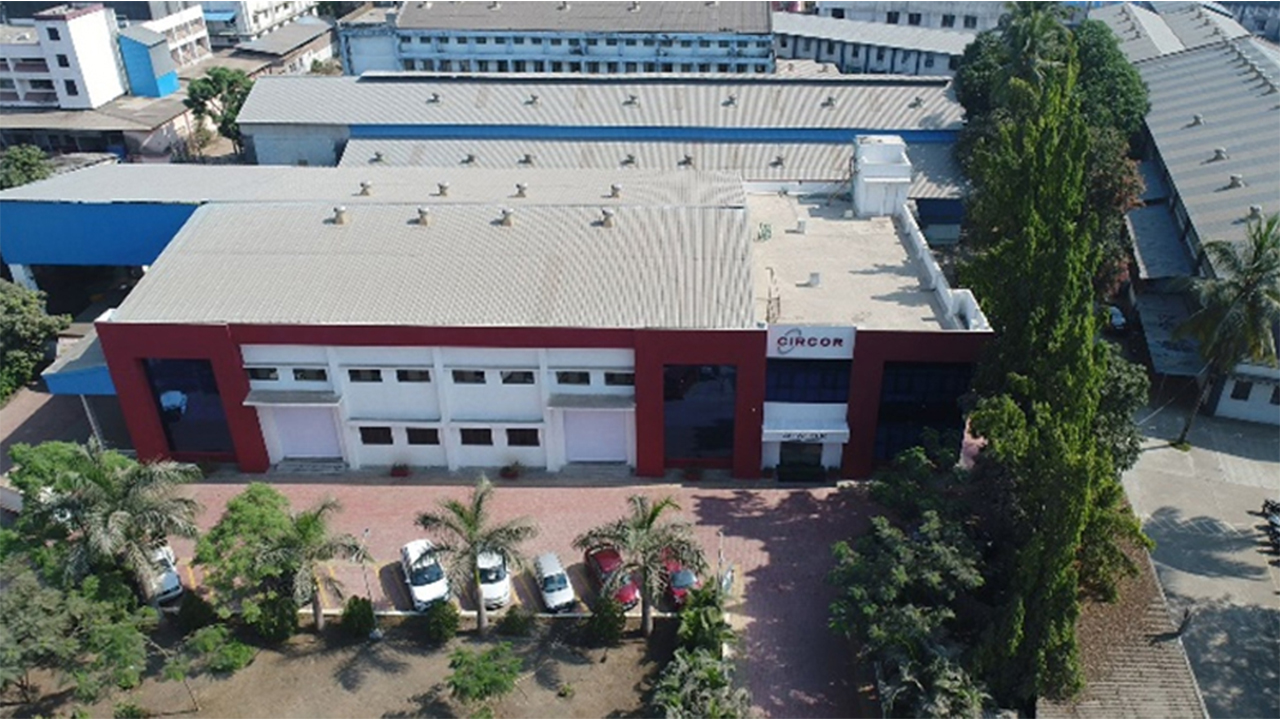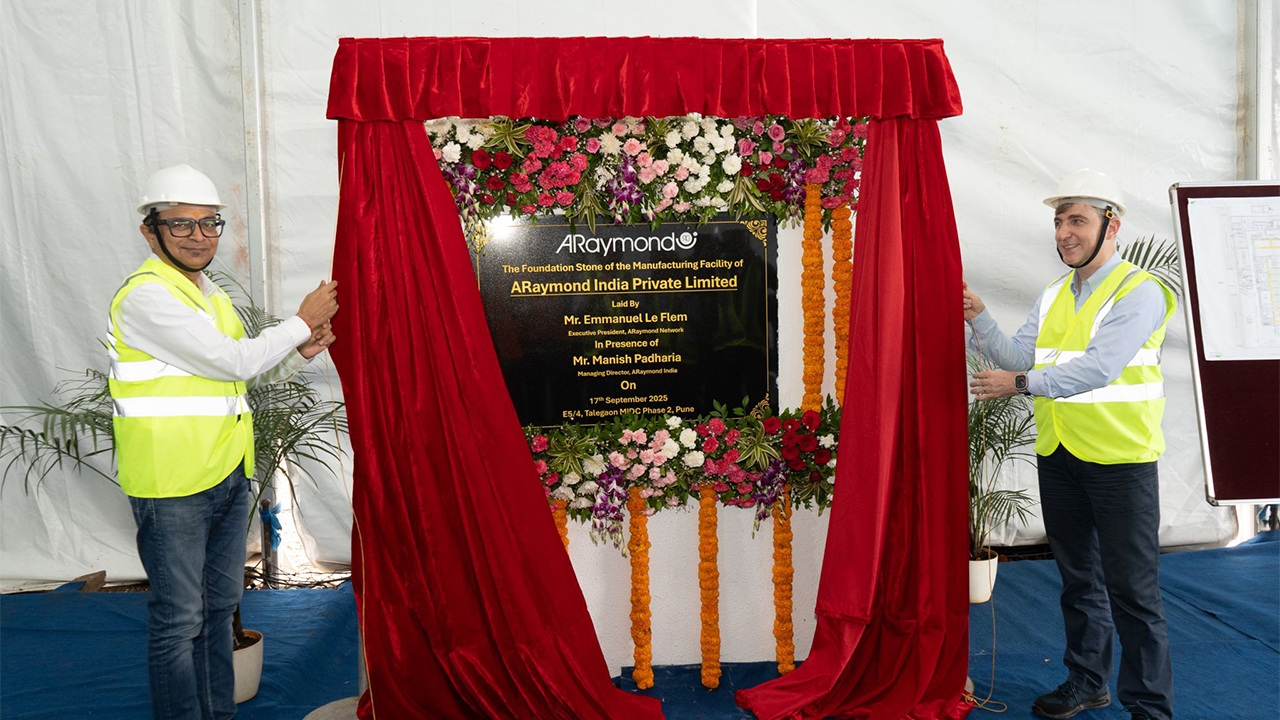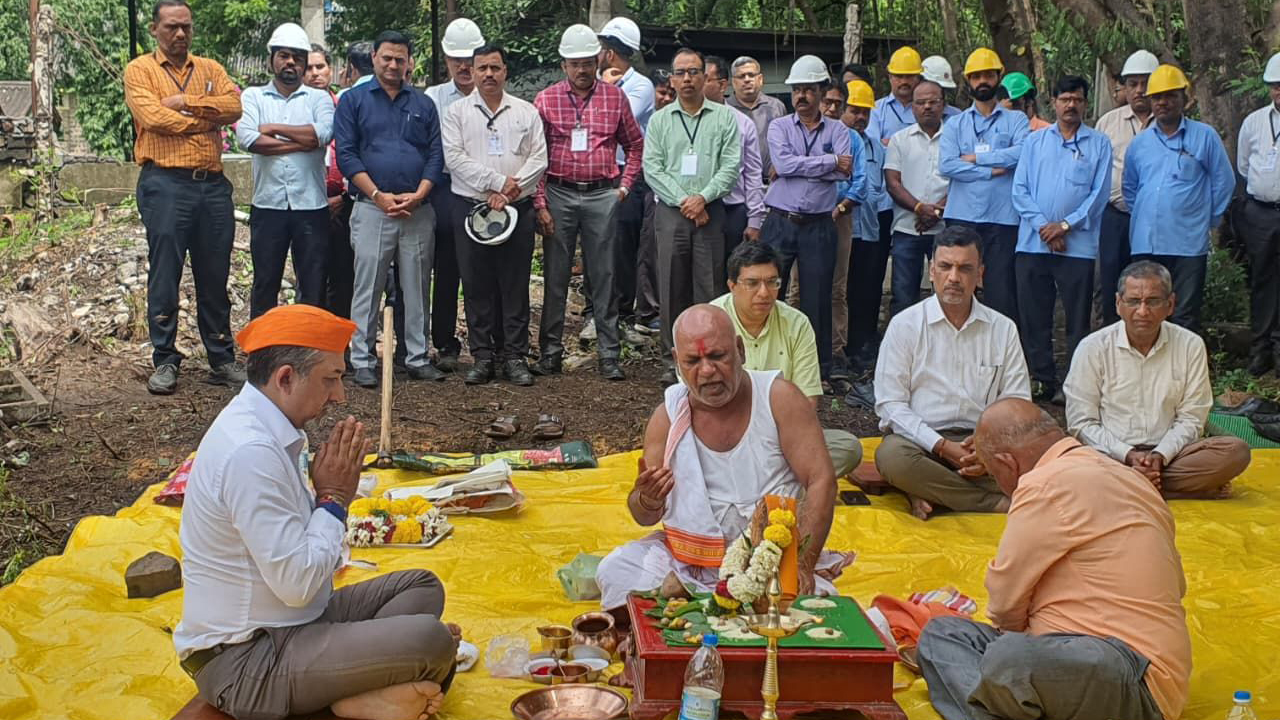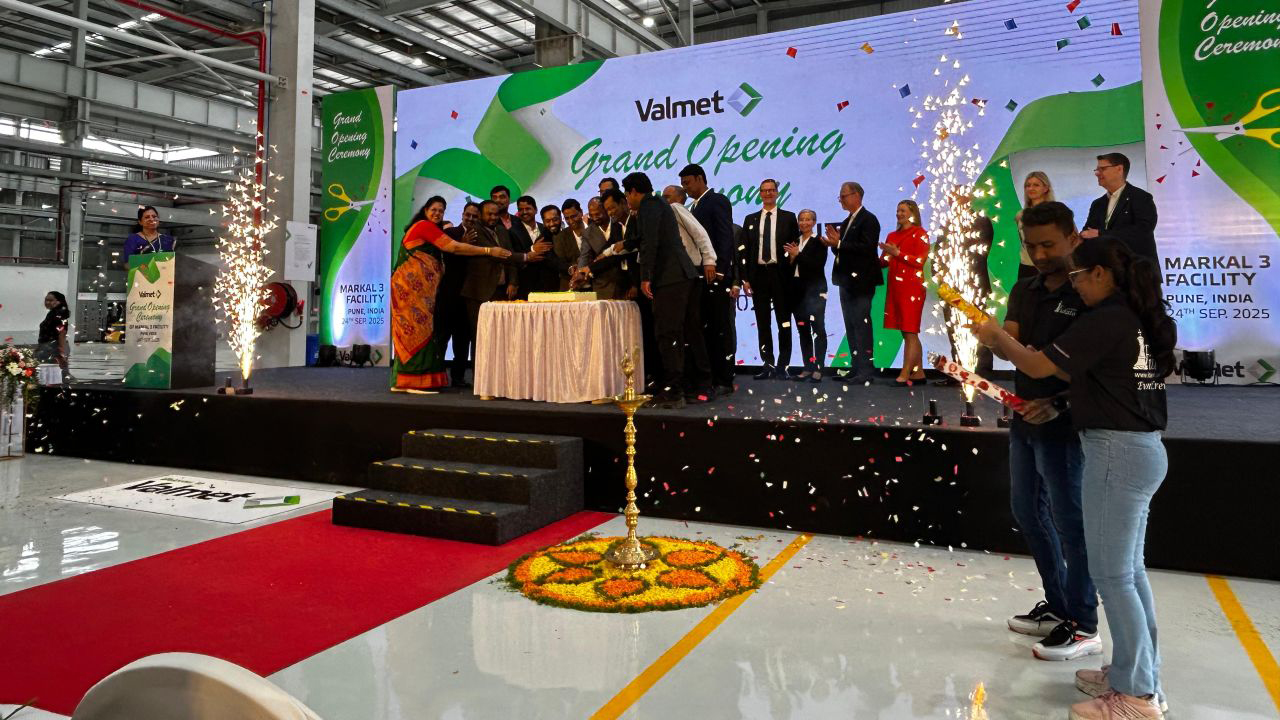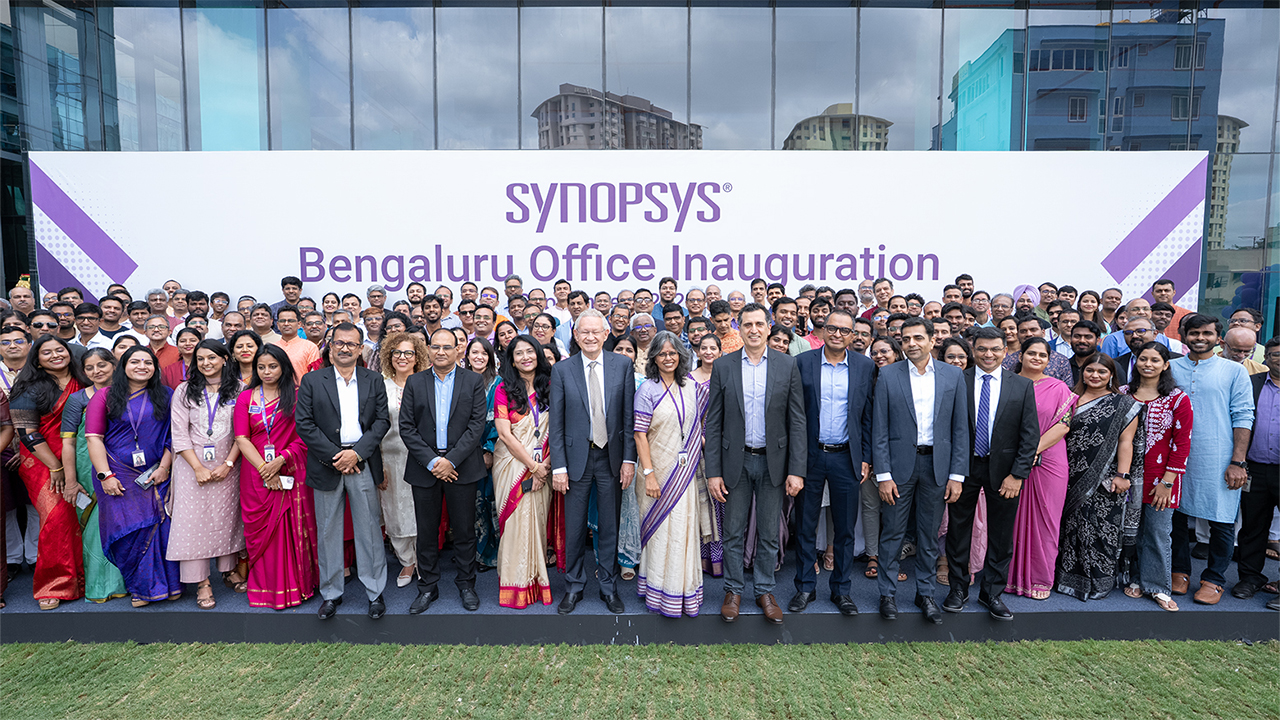HSBC Flash India PMI Data Shows Record Increase in Exports
#PMI #HSBCFlashIndiaPMI #ManufacturingPMIAlthough the manufacturing industry continued to lead growth of both sales and output, it was the service economy that was responsible for the latest acceleration in overall economic expansion.

May 2024 : HSBC Flash India PMI data, compiled by S&P Global, indicated the third-strongest upturn in private sector output since July 2010. Although the manufacturing industry continued to lead growth of both sales and output, it was the service economy that was responsible for the latest acceleration in overall economic expansion. Other positive developments highlighted by May's survey included a series record rise in aggregate exports, the steepest expansion in private sector jobs since September 2006 and a notable improvement in business confidence. On the price front, a faster increase in input costs pushed prices charged for Indian goods and services higher.
May saw the headline HSBC Flash India Composite* Output Index – a seasonally adjusted index that measures the month-on-month change in the combined output of India's manufacturing and service sectors – rise from a final reading of 61.5 in April to 61.7, which indicated the third-strongest rate of expansion in close to 14 years. Over this period, growth was stronger only in July 2023 and March 2024. When explaining the latest increase, survey participants cited successful advertising, efficiency gains, robust intakes of new work and demand strength.
Services firms recorded a sharp increase in business activity, the steepest in four months, while factory production rose at the slowest pace since February. Nevertheless, manufacturing continued to record a stronger rate of growth than services.
The HSBC Flash India Manufacturing PMI – a single-figure snapshot of factory business conditions calculated from measures of new orders, output, employment, supplier delivery times and stocks of purchases – slipped from 58.8 in April to 58.4 in May, showing the weakest improvement in the health of the sector for three months but one that remained strong by historical standards.
Latest data highlighted further signs of strength in new export orders across both the manufacturing and service sectors. At the composite level, international sales expanded at the fastest rate since the inception of the series in September 2014. Panellists noted gains from many parts of the world, including Africa, Asia, Australia, the Americas, Europe and the Middle East.
Total new orders meanwhile rose substantially, with the pace of expansion matching that seen in April and therefore among the fastest since mid-2010. Manufacturing companies continued to record a quicker increase than their services counterparts, despite posting a slowdown in its rate of growth.
Persistently strong increases in new orders underpinned job creation across the private sector. Employment has risen on a monthly basis throughout the past two years, with May seeing the rate of expansion quicken to the sharpest since September 2006.
Another factor that supported growth of headcounts was an intensification of capacity pressures. Combined across the manufacturing and service sectors, outstanding business volumes rose to the greatest extent in 21 months.
In addition to taking on extra staff as a result of rising backlogs, Indian manufacturers also purchased additional materials for use in production processes. Buying levels expanded sharply in May, and at an above-trend pace. Still, suppliers to the Indian manufacturing sector were comfortably able to meet growing demand requirements as evidenced by lead times on inputs shortening to the greatest extent in over 18 years.
Amid reports of higher labour and material costs, input prices across the private sector rose at the fastest pace in nine months. There were mentions that prices for chemicals, food, plastics, electronic components and electrical items had risen.
Aggregate selling prices likewise rose to a greater extent in May. The rate of inflation was below that seen for input costs, though outpaced its long-run average. The faster increase in charges was recorded in the manufacturing industry, contrasting with the trend seen for input prices.
Finally, the Future Output Index rose by nearly seven points in May, showing a considerable improvement in confidence surrounding near-term output prospects among Indian private sector firms. In fact, the overall level of positive sentiment was at its highest mark in over 11 years.
NEWSLETTER
TRENDING ON PRO MFG
MORE FROM THE SECTION




